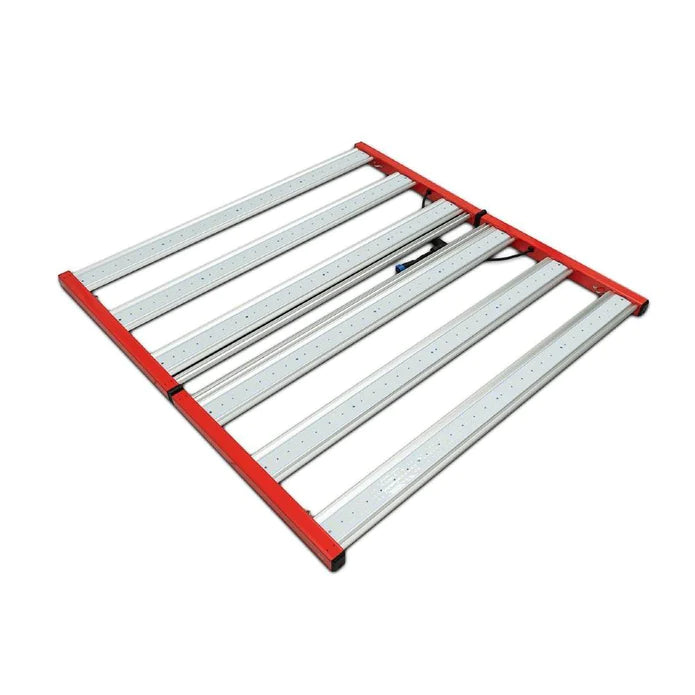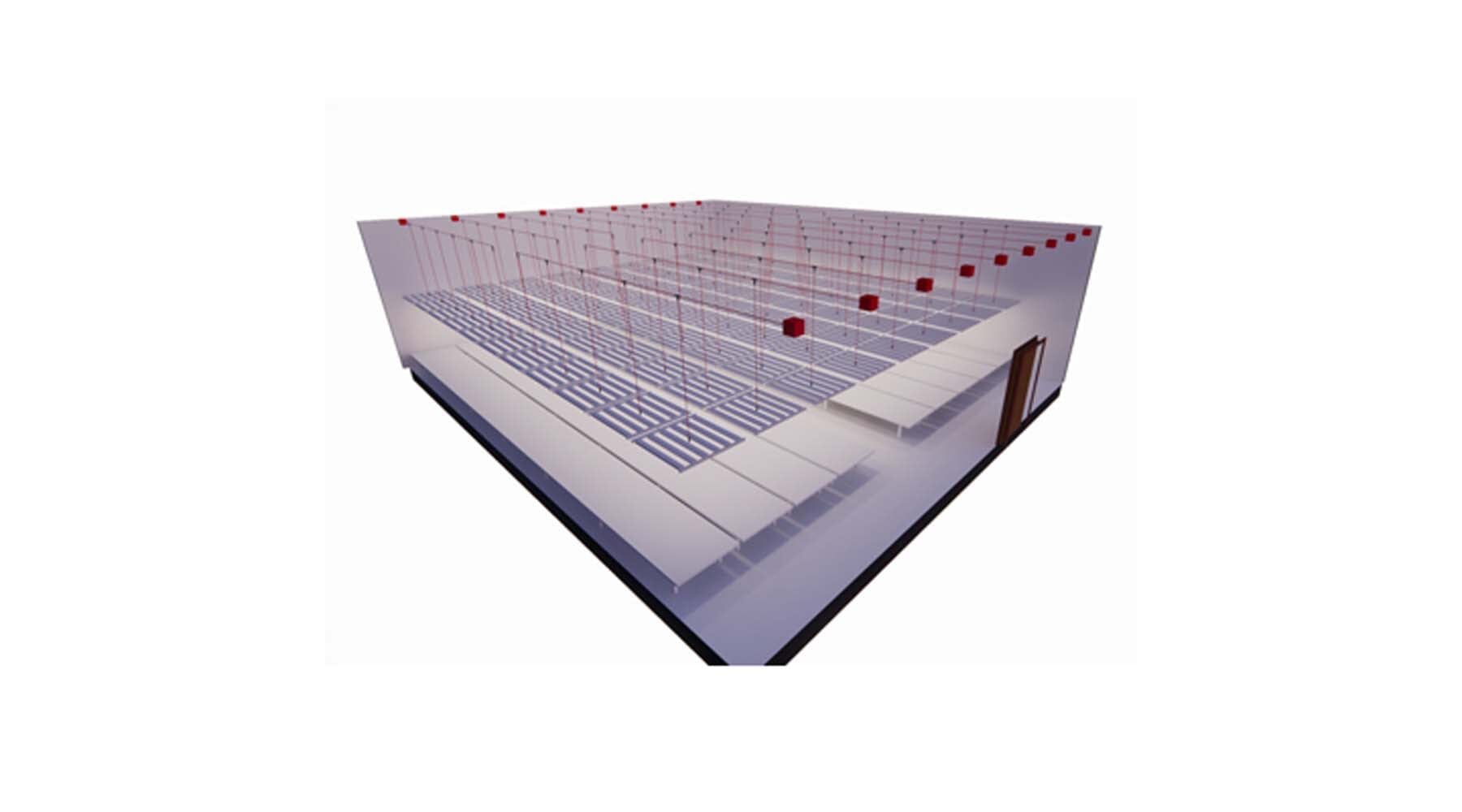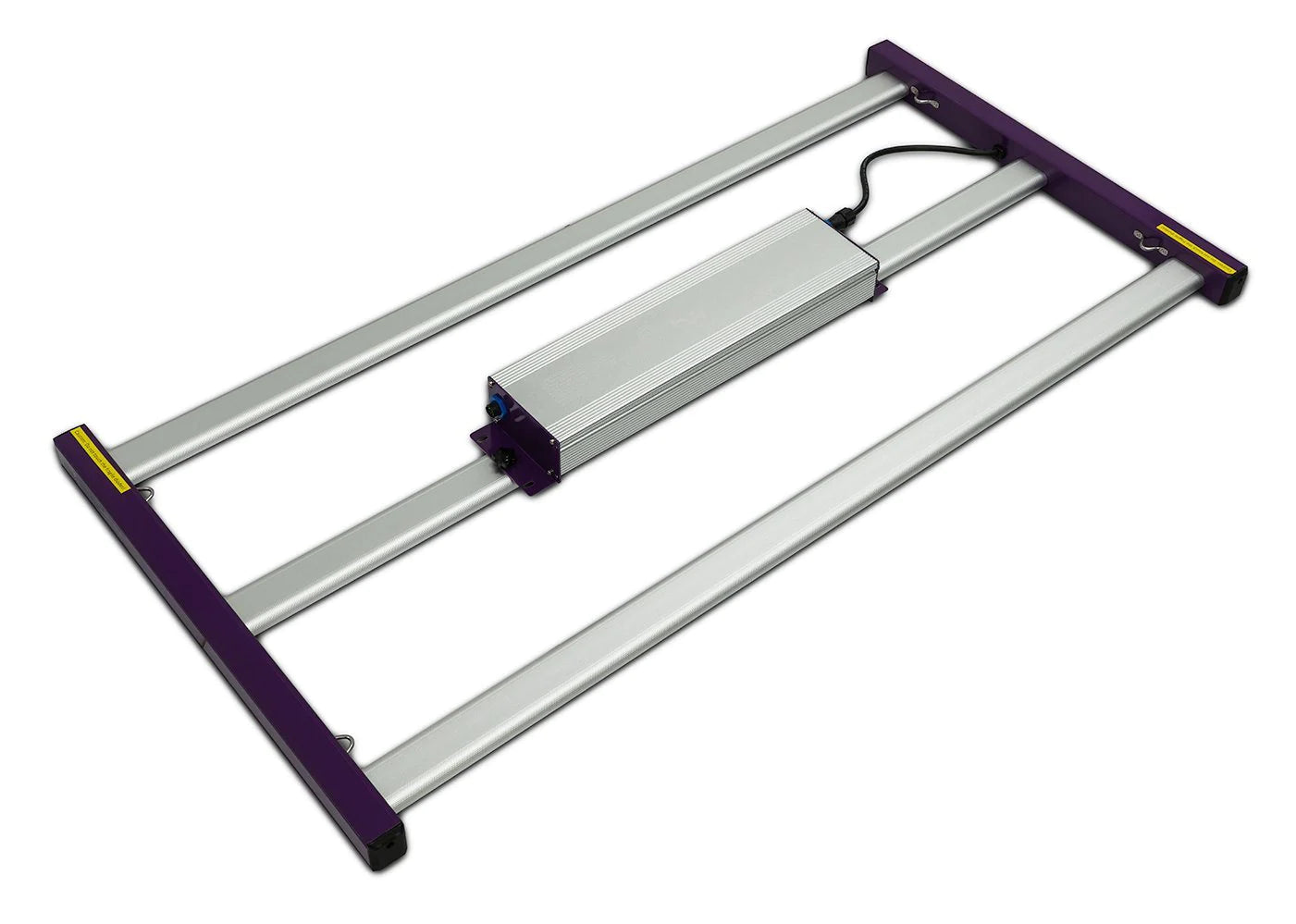
Silicone Molding in a Cold Trap Vacuum Chamber
, by Avery Benitez, 6 min reading time

, by Avery Benitez, 6 min reading time
One of the many applications for Best Value’s cold trap vacuum chambers is silicone molding. Silicone molding is the process of producing pliable yet strong molds and parts in high volume. This is common for making seals, sealing membranes, bottle nipples, medical devices, and even kitchen utensils (spatulas).
One of the many applications for Best Value Vac’s cold trap vacuum chambers is silicone molding. Silicone molding is the process of producing pliable yet strong molds and parts in high volume. This is common for making seals, sealing membranes, bottle nipples, medical devices, and even kitchen utensils (spatulas).
Silicone rubber is a high purity, viscous substance that has numerous uses due to its chemical composition as a thermostat elastomer; meaning, it can be repeatedly heated and cooled. At a certain temperature, elastomers liquify but retain their shape as they set to cool. Silicone, therefore, has optimal electrical and vibration damping, high heat transmission, and high gas permeability at a very low compression setting. It’s this constant expansion and contraction of molecular chains that makes silicone rubbers flexible, durable, and recyclable. Thermostat elastomers (like silicone rubber) pose numerous advantages for manufacturing companies, including: repeated use, shorter and simpler processing, lower production costs, greater design flexibility, and better quality control capabilities.
Silicone itself has many characteristics that make it a relatively easy material to work with once you begin making your mold.
Silicone offers exceptional compatibility with human tissue and body fluids, so it causes little to no harm. Silicone injections are actually quite a popular practice among medical professionals (most frequently in plastic surgery) because it does not corrode or spur on bacteria growth.
Silicone can withstand extreme hot or cold temperatures. It doesn’t melt if exposed to fire nor weathers under harsh conditions, making it one of the most durable materials with which to work.
The chemical makeup of silicone is its greatest asset: silicone and oxygen atoms bind together with side groups of methyl and vinyl. By nature, silicone resists water, oxidation, and most chemical solutions. Its low viscosity also allows easy transfer through pipelines, tubes, and lab equipment without blemishing.
Silicone is highly flexible, so it rarely (if ever) tears and has a wide hardness range. This is great for molding because, if necessary, it can hold items at a heavy weight without rupturing.
Electricity needs insulation to be run safely. The molecular chains of silicone bind together so tightly that it creates a buffer strong enough to absorb electrical surges.
Silicone has a natural transparency to it that makes it easy to add pigmentation for custom, colorful molds.
Many sophisticated operations use cold trap vacuum chambers during the mold production process for decontamination. Cold traps condense all vapor within the chambers (except the permanent gases) into a liquid or solid. Because it “traps” these vapors, it prevents them from escaping the instrument and becoming polluted.
Silicone molding uses the airtight compression in a cold trap vacuum to trap air bubbles. The more detailed you are in executing the following comprehensive steps, the better your end product will be.
The specimen on which you are basing your molding should be cleaned and dried as fully as possible before the silicone is poured. This prevents extraneous materials from getting stuck in the mold or discoloration marks from appearing. If your object is rather rough or spongy and could compromise the mold, you may need to apply a release agent. Covering the item in a thin layer of Vaseline pre-silicone application will make all the difference in taking the specimen out swiftly without damaging it or the mold.
The liquid silicone needs something to contain it around the specimen. Before pouring, a retaining wall should be built with wood planks, plastic strips, or even cardboard sealed with clear tape. Any sturdy material will work as long as there are no breaks in it for the silicone to escape through.
Silicone behaves much like play dough: it has to be kneaded and mixed in its original container before being transferred into another cup. Stir clockwise and counterclockwise (not up or down) with a tongue depressor or paint stirrer to loosen the silicone, which will decrease the amount of air bubbles. After settling for a few minutes, decant the silicone into a separate plastic cup to designate readiness.
Some companies add a catalyst after pouring the silicone to speed up the curing process. If this is the route you take, eyeball the amount of catalyst relative to your silicone as you gently pour it inside. There are both slow and fast catalysts available for use depending on the kind of weather, manufacturing, or other environmental restrictions you might be facing. Pay attention to the guidelines on which catalyst to add first if you’re using both; the wrong ratio could significantly throw off your mold composition.
De-airing the silicone involves using a cold trap vacuum to get rid of air bubbles. Interestingly, the process is as simple as blowing a bubble. The vacuum applies pressure to create bubbles only to have them rise and burst. As soon as it settles down, the vacuum is turned off, and the silicone mold is ready for further preparation. This may seem elementary, but it is crucial to pay attention to the mold so as not to over-pressurize it; as previously discussed, silicone does not require a lot of pressure to change.
Now the silicone is ready to be applied. Slowly and continuously encase your specimen in silicone until it is covered by a few inches so that the mold doesn’t tear. A good technique is to pour from multiple angles for a more even distribution. You can also tilt or rotate the container as needed to disperse further. This may require applying multiple layers of silicone separated by gauze or cotton cloth to reinforce each layer so they solidify completely. Among the positives of working with this substance is that any extra can be stored in the same plastic cup for future use. The silicone will then begin its curing process, which may take up to 24 hours. Label the silicone container with the date, time, and for what purpose to stay organized.
After the curing process is finished and the mold feels firm and dry, it is ready to be removed from the container. Removing the mold will look similar to taking a cake out of a cooking pan. Work edge to edge, peeling each one carefully as the middle becomes loose. Once that is done, the entire mold should be relatively easy to extract. Clean the mold as instructed.
Need a walk-through of silicone molding with a cold trap vacuum? Contact us for some professional tips.


